
Explore James I and VI's 'great hall', completed in 1622 as a venue for extravagant entertainment
Skip the event ticket details and go to event summary.
When
Closed
Ticketing information
Included in palace admission (Members go free)
Buy Banqueting House ticketsStep into the heart of the Banqueting House. This opulent hall, with its enormous double-cube proportions, was designed to impress and to reflect the magnificence of the Stuart king.
Architect Inigo Jones, influenced by his European travels, mimicked the ancient Roman buildings he had seen in Italy. With grand interior columns, he created his own version of a Roman basilica, where James I and VI was to sit enthroned in state, just like an Emperor.
Discover Rubens' painted ceiling
This unique masterpiece by Sir Peter Paul Rubens was installed in the Banqueting Hall in 1636. It is the only surviving Rubens ceiling painting still in situ.
Inigo Jones designed the carved and gilded ceiling frames for the huge canvases. The ceiling is made from timber, jointed and pieced together.
Banqueting Hall highlights
The history of the Banqueting Hall
The Banqueting Hall has witnessed many significant events over the centuries. Inigo Jones designed the hall to host masques: elaborate theatrical performances that celebrated the reign of the Stuart monarchs.
It was also the setting for important ambassadorial receptions, magnificent feasts and royal ceremonies, such as a royal healing ceremony as well as dispensing Maundy money during Easter.
During Charles I’s reign, masques were banned to protect Rubens’ paintings from flames and smoke, and the hall was instead used as a royal presence chamber where the King received ambassadors and dignitaries.
Charles II was restored to the throne in a ceremony in the Banqueting Hall, over 11 years after his father, Charles I, had been executed just outside. William of Orange and his wife Mary Stuart were read the Bill of Rights in February 1689 in this room, before they jointly accepted the crown.


A Chapel Royal
Following the Whitehall Palace fire of 1698, Sir Christopher Wren refurbished the hall as the main Chapel Royal. The altar was at the north end, and a royal pew was placed opposite at the south end, where the replica throne is today.
Even when the Chapel Royal moved to St James’s Palace, the hall served as a chapel for preaching and public ceremonies. In 1809 the building became a military chapel, where up to 2,000 soldiers took part in a service.
After the 1830s sumptuous velvet swags hung between the pillars and pew boxes ran down the long sides of the hall.
A Victorian museum
In 1893 Queen Victoria granted the building to the Royal United Services Institution to use as a museum. Cases full of military curiosities were crammed into the hall while banners hung from the ceiling.
The Banqueting House today
The Banqueting House was restored to public ownership in 1964, cleared of museum cases, and is cared for today by Historic Royal Palaces.
Explore what's on

- Things to see
Rubens ceiling
Marvel at Sir Peter Paul Rubens' ceiling in its original setting of Inigo Jones' spectacular Banqueting House.
-
Closed
- Banqueting House
- Included in palace admission (Members go free)
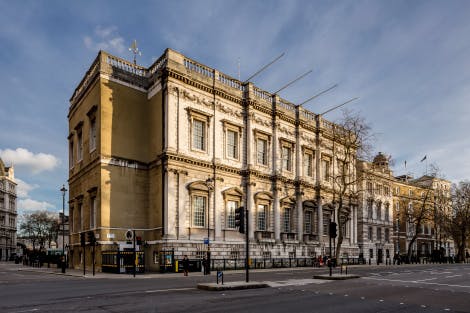
- Things to see
Charles I’s execution site
Walk in the footsteps of the condemned King and stand on the spot of Charles I's execution, just outside Banqueting House.
-
Closed
- Banqueting House
- Included in palace admission (Members go free)

- Things to see
Inigo Jones' architecture
Find out what remains of Whitehall – known as one of the first examples of Palladianism in British architecture.
-
Closed
- Banqueting House
- Included in palace admission (Members go free)
Browse more history and stories
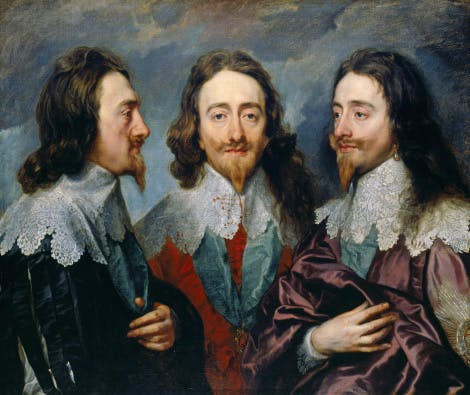
The execution of Charles I
Killing of a 'treasonous' King
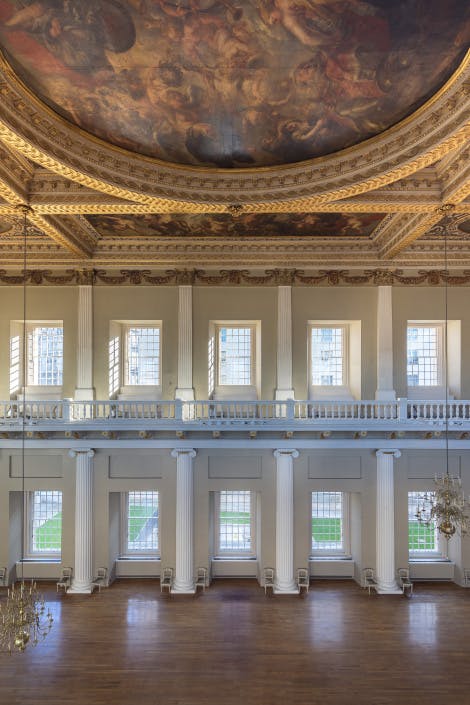
The Rubens ceiling
The crowning glory of the Banqueting House
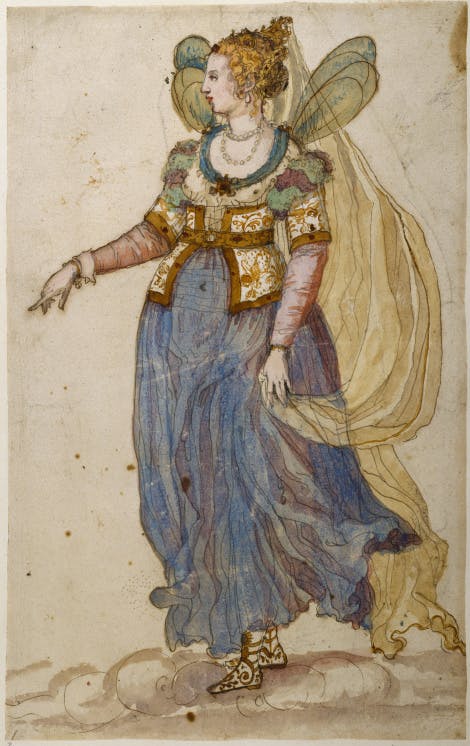
The masque
A fabulously extravagant early 17th century court entertainment
Shop online

Shop Banqueting House
Discover our wonderful collection of gifts and souvenirs inspired by Banqueting House.
From £4.50
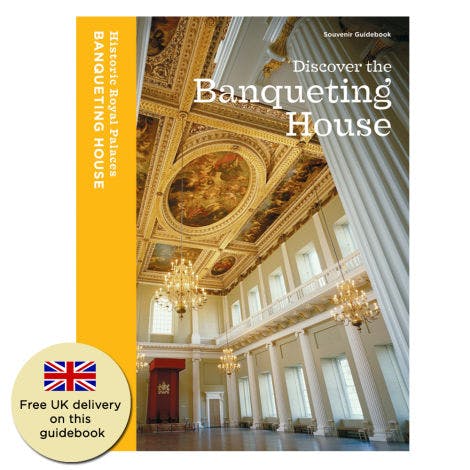
Official Banqueting House Guidebook
Descriptive, informative, authoritative - this superb guidebook is the best way to learn all there is about Banqueting House.
£4.99

Royal Palace Fine Bone China Collection
Exclusive to Historic Royal Palaces, this exquisite fine bone china collection is inspired by the beautiful palaces in our care.
From £28



